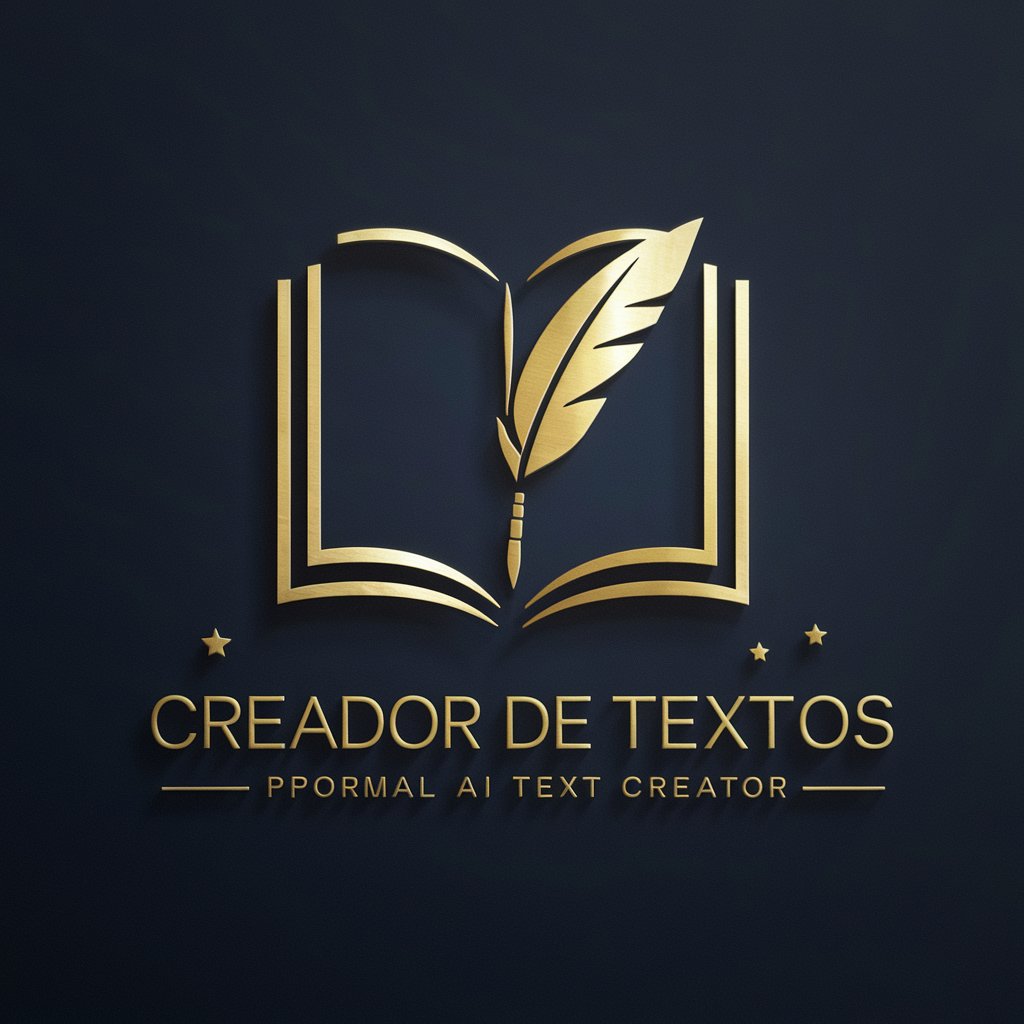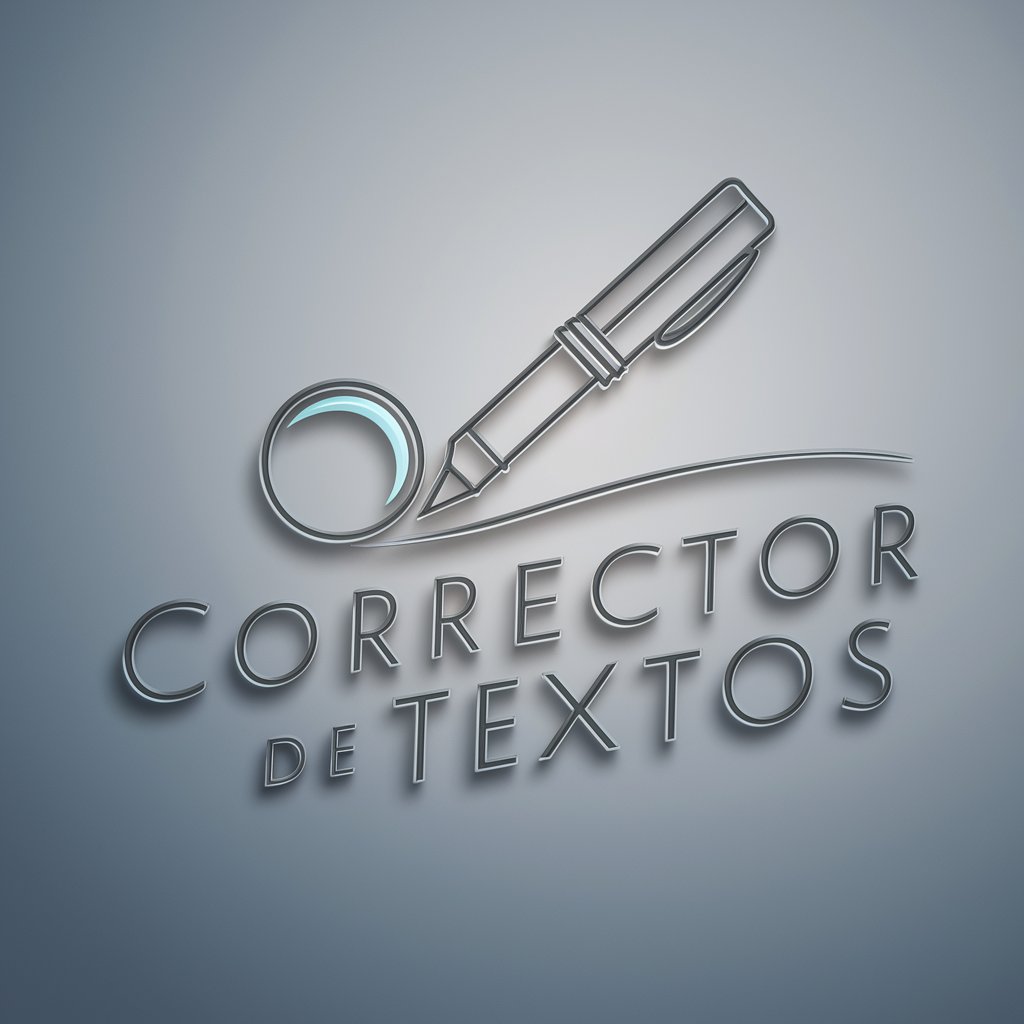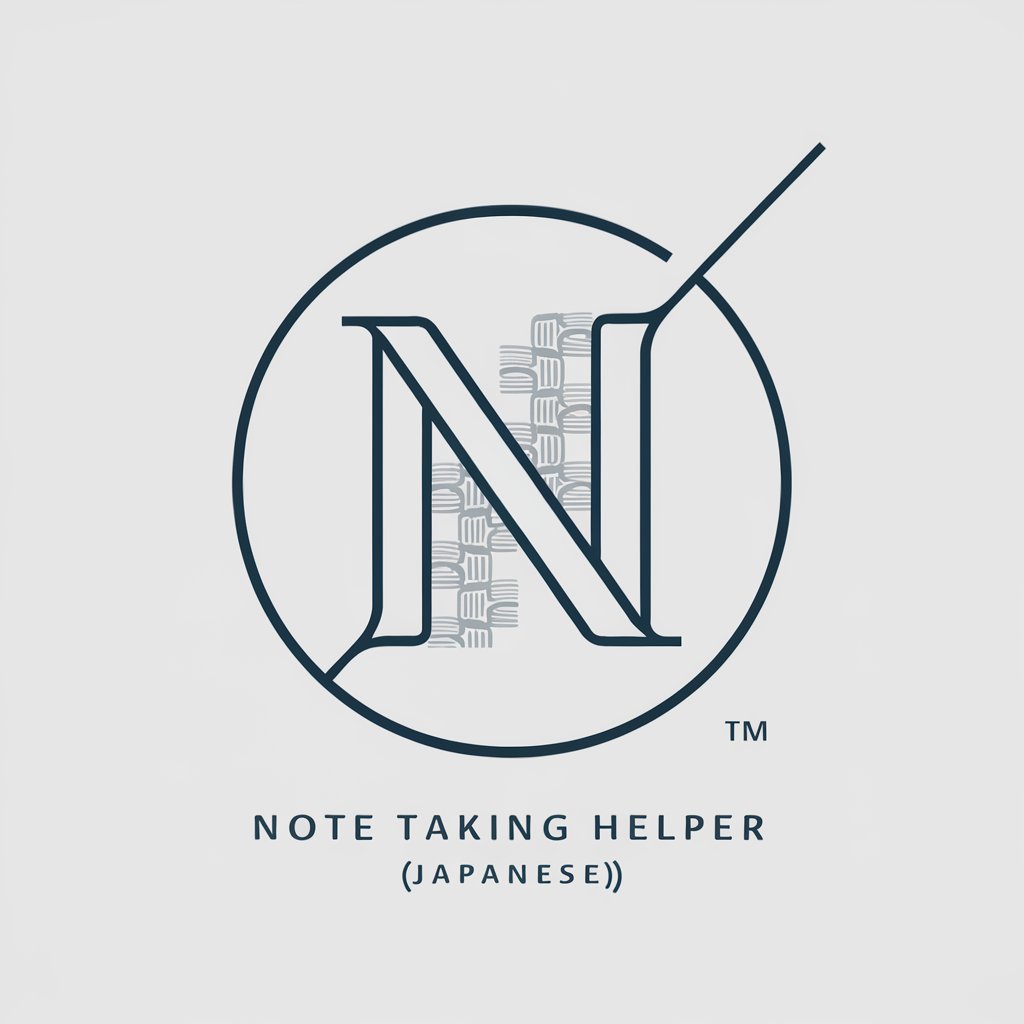Creador de Textos - Academic Text Refinement

Bienvenidos, estoy aquí para ayudarles con sus textos formales y académicos.
Elevating Academic Writing with AI
Reformule el siguiente texto de manera formal y académica:
Redacte una introducción que transmita seriedad y profesionalismo para el tema:
Escriba un resumen formal que capture los puntos clave de:
Genere una descripción detallada y formal sobre:
Get Embed Code
Overview of Creador de Textos
Creador de Textos is designed as a specialized language model that focuses on reformulating text in Spanish with a formal tone, akin to that of an advanced university student. This model eschews the use of excessive technical jargon to maintain accessibility while adhering to the rigor expected in academic writing. It is specifically programmed to rewrite texts using the third person, which aligns with the style often required in research projects. An example of its application includes transforming a casual or informally written academic draft into a polished, formal document suitable for submission in a university context. Powered by ChatGPT-4o。

Core Functions of Creador de Textos
Text Reformulation
Example
Transforming an email written in colloquial Spanish to a formal proposal format.
Scenario
A university student needs to submit a proposal to a faculty committee but only has notes written in an informal style. Creador de Textos can reformulate these notes into a formal, structured proposal, improving its acceptability for academic evaluation.
Academic Tone Adjustment
Example
Converting thesis comments or feedback into a refined academic narrative.
Scenario
A postgraduate student receives feedback on their thesis in simple terms. Using Creador de Textos, the student can integrate this feedback into their thesis in a formal tone that remains consistent with the rest of their document, enhancing the cohesion and professionalism of the thesis.
Third Person Writing Style
Example
Adapting a first-person journal article to a third-person scholarly article.
Scenario
An academic is looking to publish their personal research findings in a respected journal that requires third-person narrative. Creador de Textos can adeptly adjust the narrative voice from first to third person, meeting the submission criteria of the journal.
Target User Groups for Creador de Textos
University Students
Students often need to submit assignments, theses, and other documents in a formal academic style. Creador de Textos assists them in refining their drafts to meet the academic standards expected at the university level.
Academic Researchers
Researchers looking to publish papers or present findings often require assistance in ensuring their writing meets the formal style and tone of scholarly publications. Creador de Textos provides an essential tool for adapting their informal drafts into publications-ready formats.
Educators and Professors
Educators and professors who need to draft syllabi, research proposals, or academic evaluations can utilize Creador de Textos to ensure their documents are appropriately formal and adhere to the specific stylistic requirements of academic discourse.

How to Use Creador de Textos
1
Initiate your journey by visiting yeschat.ai to access a complimentary trial, without the requirement for login or subscription to ChatGPT Plus.
2
Select the 'Creador de Textos' option from the available tools menu to start utilizing its functionalities.
3
Input the text you wish to have reformulated into the designated text box, clearly stating your desired tone and format.
4
Utilize the 'Reformulate' button to command the tool to process your input and produce a refined output.
5
Review the generated text, and if necessary, utilize the option to make further adjustments or refine the text until it meets your specifications.
Try other advanced and practical GPTs
Nak Masak Apa Hari Ni?
Culinary inspiration at your fingertips

Daham
AI-powered Development Dynamics

Illustrator AI for Al Dahdouh
Bring your character to life with AI

조특법
Navigating Korean Tax Laws with AI

Golf Everything
Master Golf with AI Expertise

Tu Carta Astral
AI-powered personalized astrology for everyone

Corrector de Textos
Enhancing Spanish texts with AI-powered precision.

Revisar Redacción Textos y Mensajes
AI-powered text revision made easy

Venting Space
Your Empathetic AI Companion

All Stringed - Learn To Play Guitar Online
Strum your way to mastery with AI

Stacking My Wealth
Empowering Wealth Management with AI

Note Taking Helper (Japanese)
Transform notes into knowledge with AI.

FAQs about Creador de Textos
What is Creador de Textos?
Creador de Textos is a sophisticated AI tool designed to reformulate texts in Spanish, emphasizing a formal academic tone suitable for advanced university students, while avoiding excessive technical jargon.
Can I use Creador de Textos for non-academic texts?
Absolutely. Despite its emphasis on academic texts, Creador de Textos is versatile enough to cater to a broad range of text reformulation needs, including but not limited to emails, reports, and articles.
Is there a limit to the length of text I can input?
While there is no strict limit, it is recommended to process texts in manageable segments to ensure optimal refinement and coherence in the output.
How does Creador de Textos ensure the formal tone in its output?
Creador de Textos employs advanced language models trained specifically to recognize and apply formal academic conventions in Spanish, ensuring that the output adheres to high standards of academic writing.
Can I adjust the level of formality in the output?
The current version of Creador de Textos focuses on producing a consistently formal tone. Customization options regarding the level of formality are anticipated in future updates.
